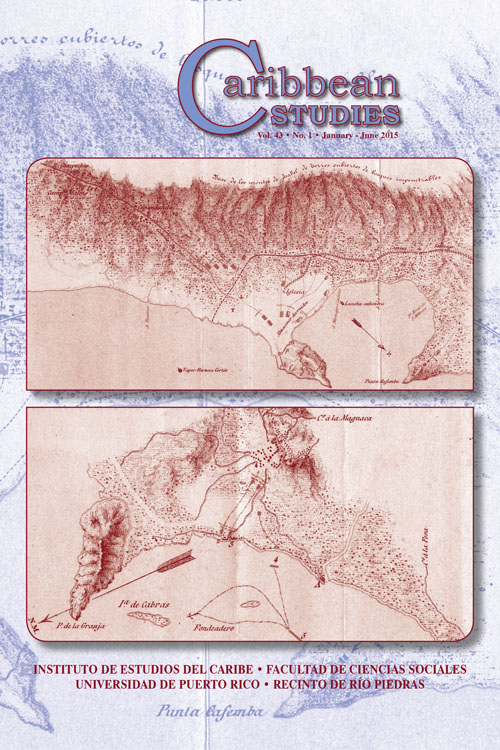Abstract
This article explores the work and life of the woodcutters and charcoalmakers of Piñones (Loíza) in the late nineteenth and early twentieth century. Villagers from the centuries-old black communities of Piñones worked next to canefields belonging to sugar centrals that were also titled owners of parts of the forest. From the 1870s until the 1920s, Piñones woodcutters extracted "black wood" from trunks of úcar (Bucida buceras, black-olive or bulletwood) buried in the mucky forest floor; cut trees for lumber, fence posts and firewood; and elaborated charcoal. In a second period, from the 1930s to 1950, firewood and charcoalmaking gained importance, as did labor in the nearby canefields, in what was one of the newest and most productive sugarcane regions in the country. The perspective presented here departs from the mainly racial and cultural approaches that prevail in historical works on black Puerto Ricans, as it also departs from better-known contexts of Afro-Puerto Rican history such as sugar plantations and urban space. Rather, the article focuses on material life and productive activity in the mangrove forest, viewed in its ecological and historical complexity. The variety and significance of the piñoneros‘ productive activity, and its transformations, underscores the significance and historicity of the labor-ecology relation and highlights, in the emblematic territory of Loíza, little- known dimensions of afropuertorriqueñidad.Downloads
Download data is not yet available.

